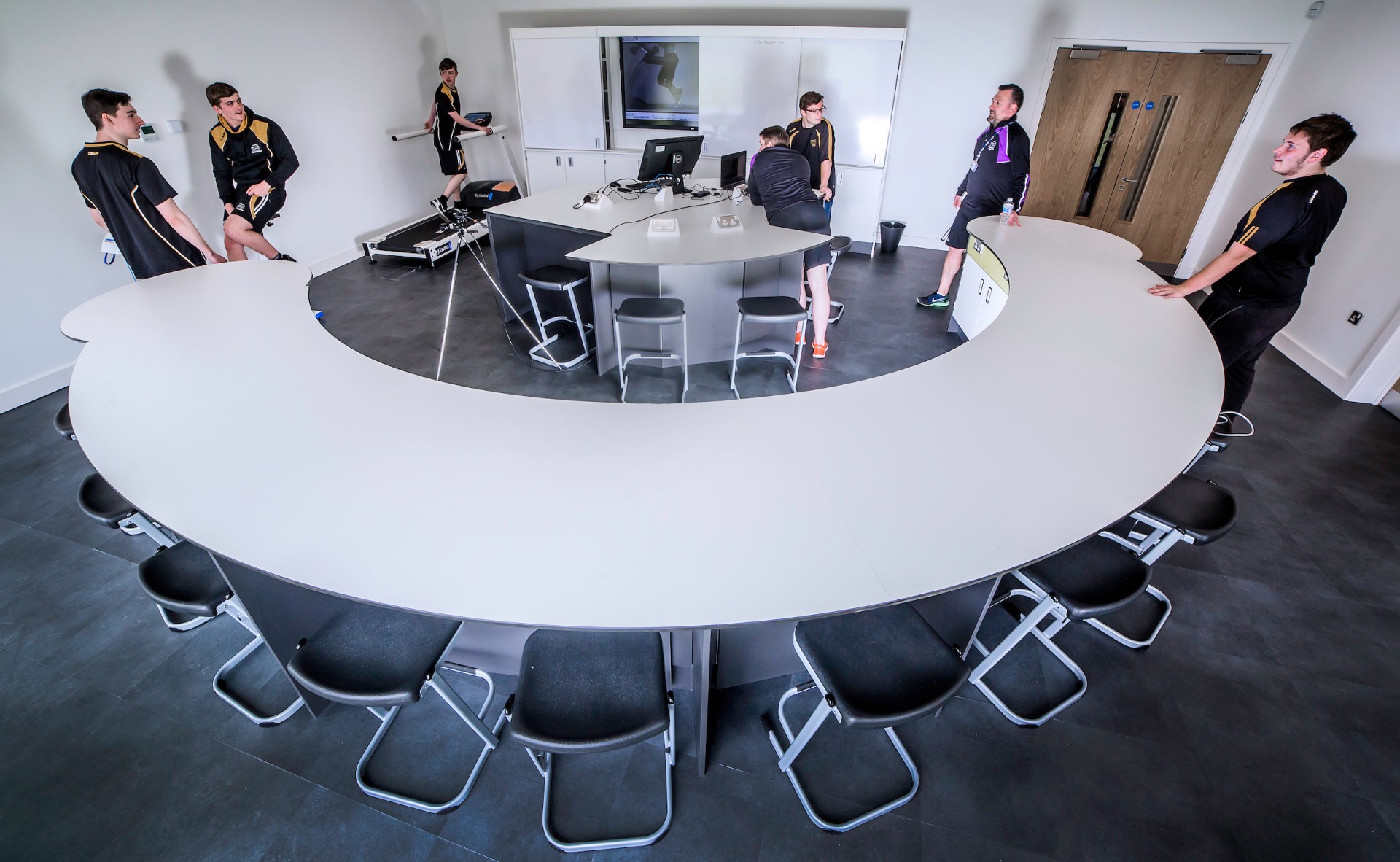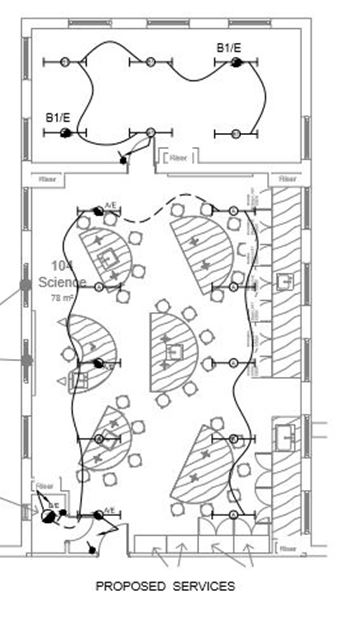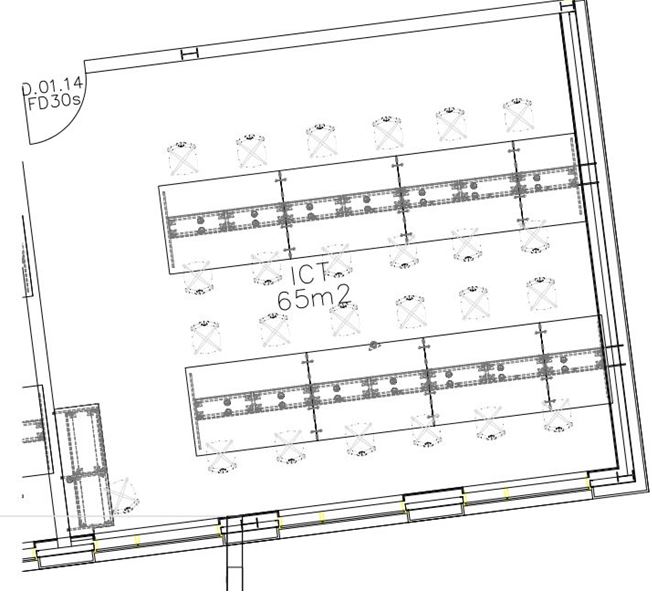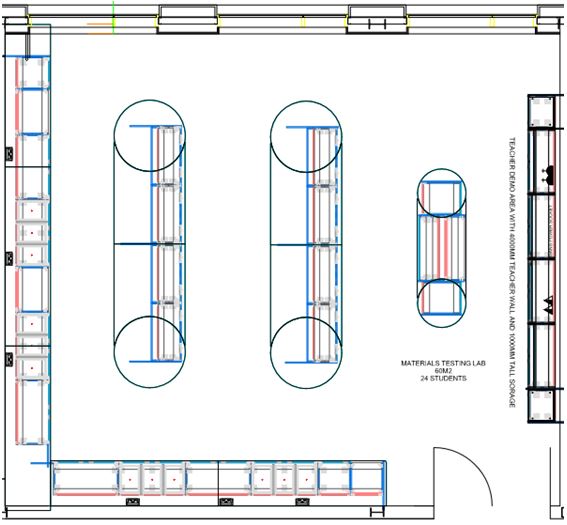What is STEM and what Should you Consider when Designing a Classroom?
STEM is an acronym for Science, Technology, Engineering and Mathematics. According to a recent report from the Office for National Statistics (ONS) engineering alone accounts for 25% of the UK’s economy, and manufactured goods account for 50% of UK exports. STEM subjects are one of the accelerating forces for future economic growth. With the number of STEM entries up almost one-fifth from 2010-2015, the IoD (Institute of Directors) said this will keep increasing as students recognise the need to build skills to compete within a modern economy.
STEM as a whole underpin today’s economy, from healthcare to power generation it has proven to be an important part of our society.
“By 2018, the bulk of STEM career will be:
- Computing – 71%
- Mathematics – 2%
- Life Science – 4%
- Traditional Engineering – 16%
- Physical Science – 7%”
Source – Bureau of labour statistics. The statistics show that careers in computing will be the most popular while Mathematics will be least chosen field. With that being said it should be known that STEM as a whole should be appreciated as a whole and although career in maths are only predicted at 2%, without it all other subjects would struggle.
What to consider when creating the perfect STEM space:
No two rooms are the same so it’s important to establish the key features and potential challenges, more to the point how the layout will be compatible with STEM teaching methods from practical to the theory sessions, project based or collaborative learning, connectivity to storage facilities.
Knowing what the trends and challenges are in STEM is just half of the journey. The next steps would be to ask what do you want to achieve when designing your environment and explore the best options suitable for you, elements to consider include:
- What are the current challenges you face with your classroom?
- What would you like to achieve with the space that you have?
- How many students does your current classroom occupy? Do you want to increase/decrease?
- Will your curriculum consist mostly of practical or theoretical work?
- Do you plan on having a demo bench if so do you wish to have it mobile or fixed?
- What type of technology needs to be installed; Teachers wall, built in projectors, computers etc…
- Last but not least what type of lesson plans need to be considered? What type of furniture should be incorporated, fixed, mobile, adaptable or ergonomic?
Different classroom designs
As pedagogy changes, the classroom needs to adapt with it. Students no longer sit in straight lines facing the teacher at the front of the classroom, listening in their fixed seating, instead; technology has empowered how learning is communicated and as a result student engagement should be central to STEM experiments and teaching. Here we consider three different layouts.
Flipping the classroom
One example of a classroom design that helps with the STEM learning environment is ‘flipping the classroom’. This approach encourages students to problem solve in small groups, with a floor plan that improves circulation so that the teacher can easily mentor the class. It has been suggested that small group learning has been demonstrated to be far more effective for retention than a traditional lecture format according to the book ‘Classrooms: Bigger, Flatter, Faster and fewer’ by Haggans, Michael.
- The layout and positioning of tables optimises visibility for students and teacher, improving communication between them.
- Computers are zoned at the back of the room, providing the right environment for research to be conducted.
- The teachers desk positioning and shape ensures that all students can easily see a practical demonstration take place.
Community learning
With low cost easily accessible computer software available such as Raspberry Pi which can be used for word processing, spreadsheet and browsing the internet and more….. It is easier than ever to help evolve student’s computer based knowledge within technology.
An example of a room layout is shown on the left.
-This ICT classroom has been designed to a peninsula layout, so that students can sit either side, optimising the number of students in the room. Visibility and circulation have been improved so that the teacher can quickly spot and support struggling students.






